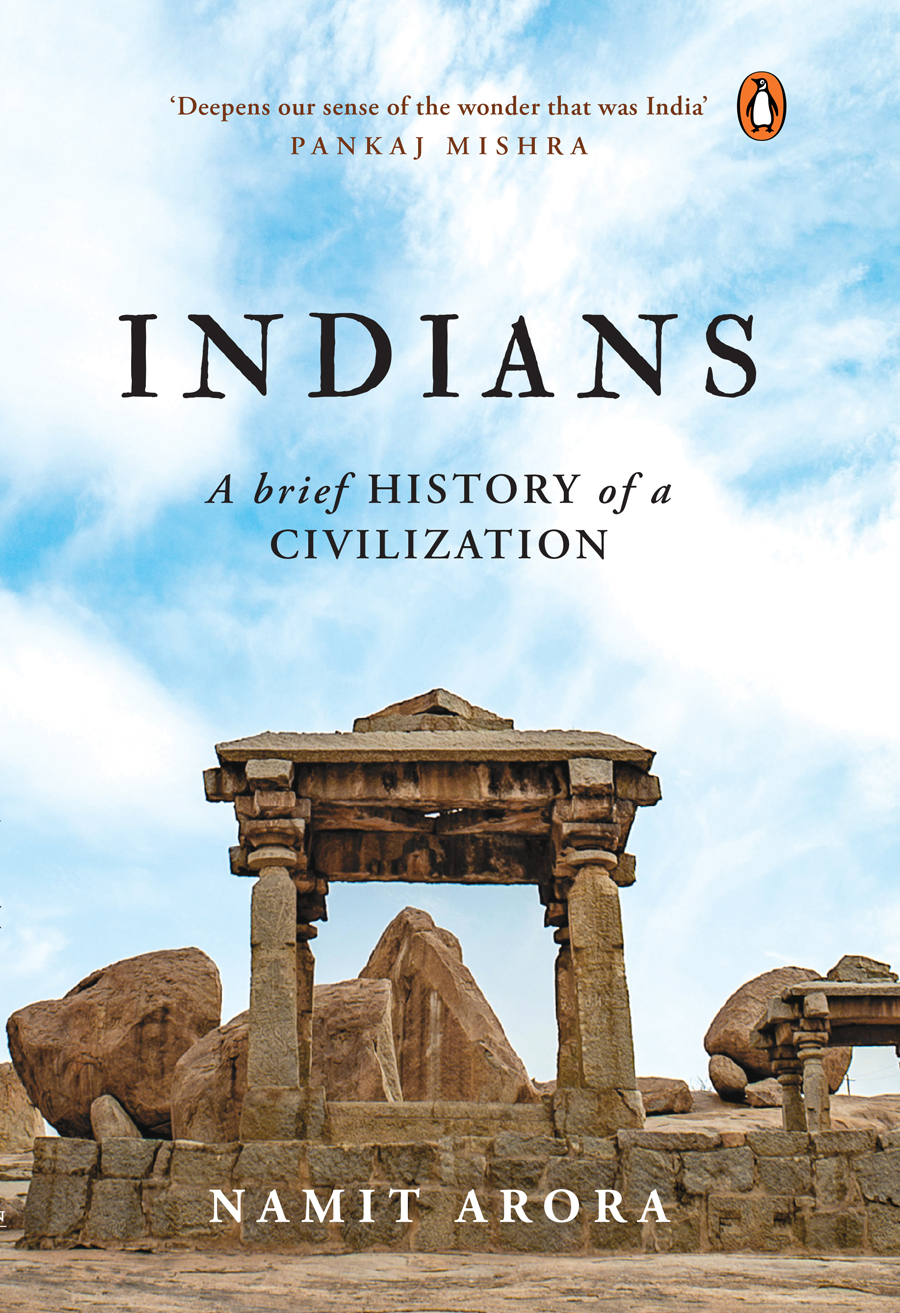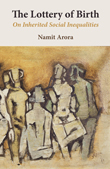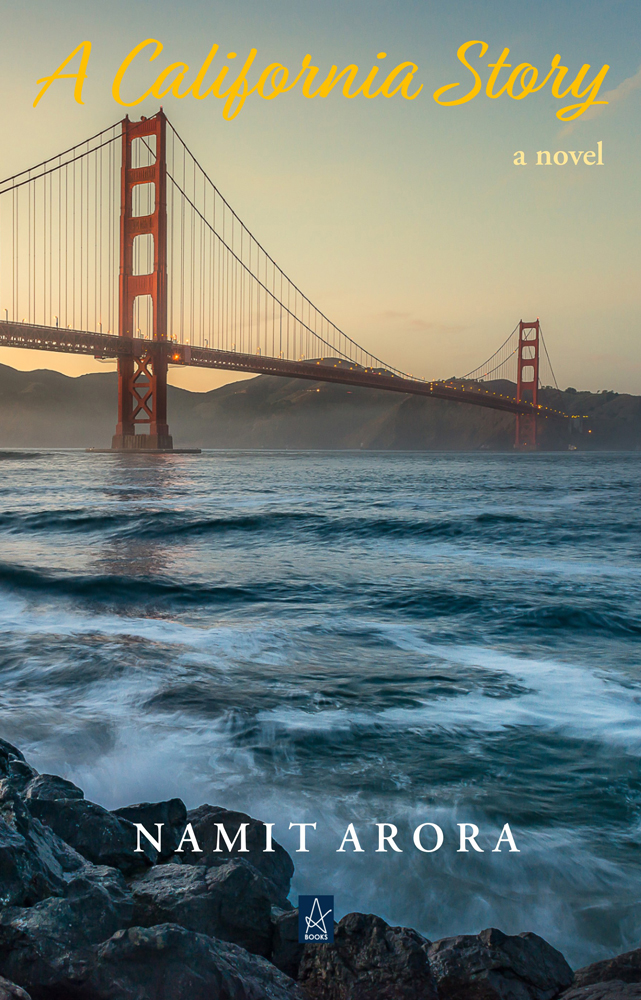Lake Toba, Indonesia
Lake Toba (or Danau Toba) is the largest volcanic lake in the world, 100 km long, 30 km wide, as deep as 505 m (1,666 ft), and elevation of 900 m (3,000 ft). A supervolcanic eruption occurred here 75,000 years ago, a massive climate-changing event, perhaps the largest on Earth in the last 25 million years, and may have had global catastrophic consequences; some scientists believe that this eruption may have wiped out much of humanity and may have created a population bottleneck that affected the genetic inheritance of all human survivors. Read more.
The region is now home to the Batak people. The Batak make up several closely related ethnic groups of central Sumatra and constitute six tribes: Angkola/Sipirok, Karo, Mandailing, Pakpak/Dairi, Simalungun and Toba. They possess their own written language and several dialects, part of the Austronesian family. Descendants of a Proto-Malayan people, they lived until 1825 in relative isolation in the highlands around Lake Toba.
The Batak had felt Indian influences by the 2nd or 3rd century CE and had borrowed ideas of government, writing, elements of religion, arts, and crafts. They did not, however, develop a unified state and today are found in six cultural divisions. Within these are exogamous patrilineal clans known as marga. A price is paid for a bride, who then becomes a member of her husband's group. Among the Toba Batak a village consists of several clan houses, but in the Karo division all dwell in one or more longhouses.
Ancestors, plants, animals, and inanimate objects are considered to possess souls or spirits that can be coerced or enticed by male priests. These priests are aided by female mediums who, in trance, communicate with the dead. Cannibalism was once practiced, but victims were confined to prisoners and those guilty of incest.
Today most of the Batak are literate, as is the case of many in the other groups. Many are Christians who occupy places of importance in trade and in the Indonesian government. Muslim missionaries have been active in regions to the north and south of the Toba. The Batak today are about one-third Christian, one-third Muslim, and the balance still adherents of traditional beliefs. [- Source: Encyclopedia Britannica, 2008.]
Click here to read more about the Batak.
Lake Toba from afar (more) |
|||
Village of Tuk-Tuk |
A resort on Tuk-Tuk |
Golden sunset (more) |
|
On a ferry to Samosir |
Wedge shaped island (more) |
Home of Toba Batak people |
Island vista |
A Batak home |
More Batak homes |
Samosir Island Vista |
Samosir Island Vista |
Ferry terminal, Parapat |
The town of Parapat |
Ferry to Samosir island |
Unloading in Tuk-Tuk |
Frolicking kids |
Samosir island vista (more) |
A mid-range hotel |
Lotus flowers (more) |
Samosir coastal loop road |
Bike wash |
Evening on Lake Toba (more) |
Poised to jump into lake |
Samosir island at dusk |
Batak weaver on loom |
Her output |
Batak cemetery |
A rich family's memorial |
Batak church on Samosir |
Batak folk music and dance |
Batak folk music and dance |
Boarding the ferry in Parapat |
Motobiking around the island |
Leaf bug |
|
Stone Chairs, Samosir Island |
|||
|
|||
The compound of the |
|
Houses in the compound
|
|
Prison-until-execution area |
The Batak god of |
Beheading area, at times |
|
A surviving statue |
A house in the compound |
A house on higher ground |
Royal grave (more) |
Museum Huta Bolon Simanindo, Samosir Island |
|||
|
|||
Site entrance |
Site map |
Rice pounding house (right) |
|
Museum (front entrance) |
Batak drums |
Topeng masks (info) |
|
Brass pots and pans (more) |
Batak boat |
Batak royal complex |
Sigalegale puppet dance |
Carved wooden pillar (more) |
Other houses (more) |
Royal cemetery |
Traditional house (inside) |
Pematang Purba, A Batak Royal Complex between Berastagi and Lake Toba |
|||
|
|||
The kings of the dynasty |
The king's living area |
The king's living area |
Musical instruments |
King's bedchamber, |
The wives living area (more)
|
Elevated room for the queen, |
Entrance to the wives |
|
A traditional house |
Another traditional house |
|
Sipiso-piso, |
|
|
|
|
|||
Designed in collaboration with Vitalect, Inc. All rights reserved. |




























































































